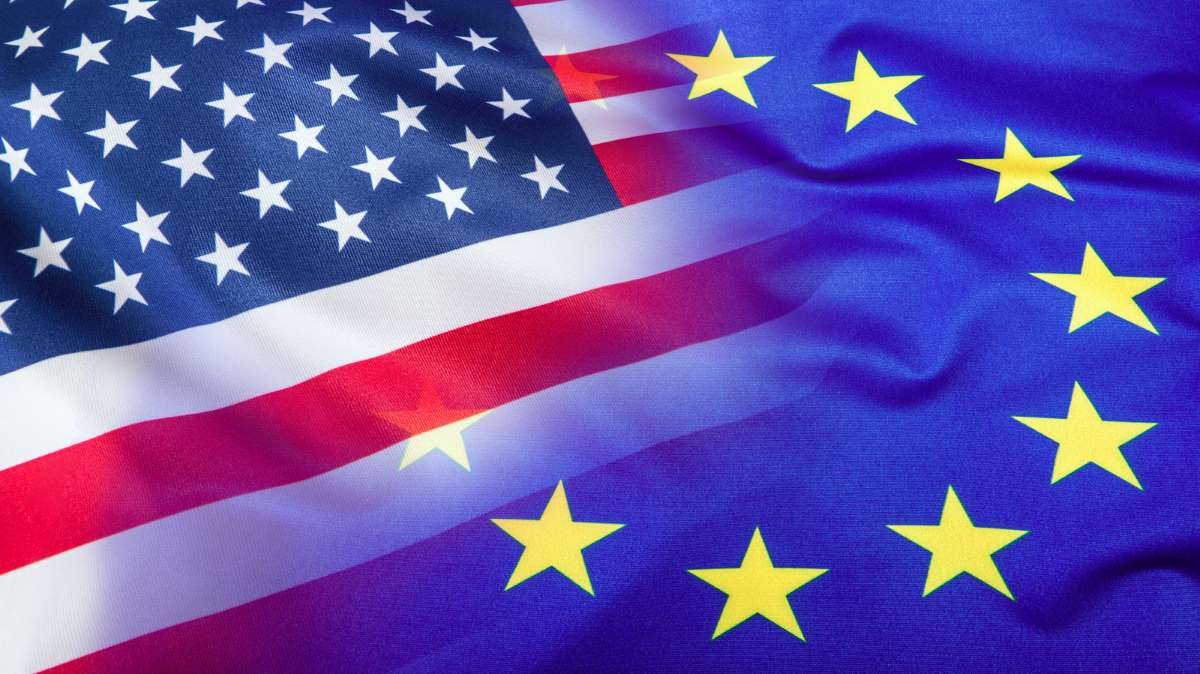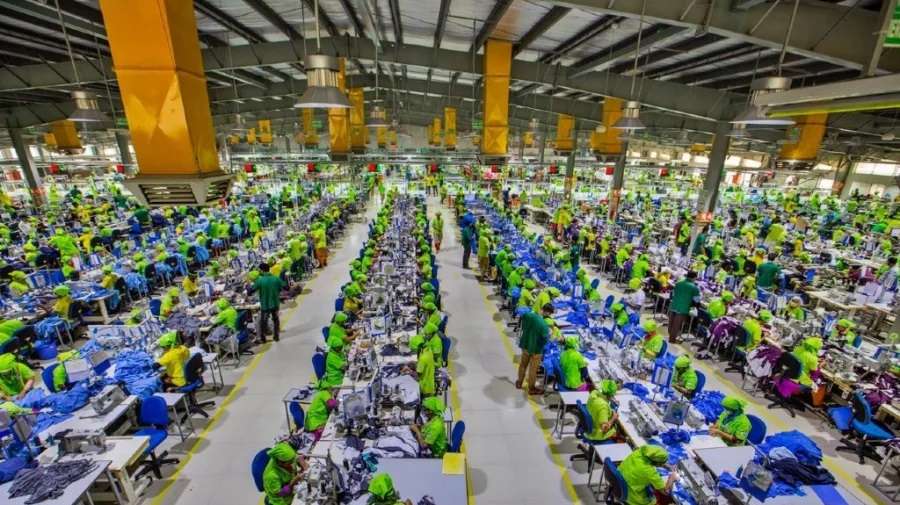The second phase of China-Pakistan Free Trade Agreement (CPFTA) negotiation round was recently held in Beijing between Pakistan and China, which failed to reach its conclusion.
Sources claim that during the talks between both these countries, Pakistan expressed its concerns regarding insufficient utilisation of concessions given by China to Pakistan and competition faced by local industries due to cheap imports from China. Pakistan demanded exclusion of 20 per cent of total products from the concessions because of dumping of goods from China into Pakistan's local markets. However, China showed willingness to exclude only 10 per cent of total products in the second phase under the WTO rules.
The CPFTA on trade in goods was signed on November 24, 2006 and implemented from July 1, 2007. FTA on Trade in Services was signed on February 21, 2009 and is operational since October 10, 2009. Rising imports of Chinese goods into the Pakistani domestic market is adversely impacting the local manufacturers and they have been appealing to the Ministry of Commerce with complaints of under-invoicing and non-declaration with regard to imports from China.
Pakistan-China volume of trade that was in the region of $4 billion in the year 2006-07, reached an all-time high at $10.19 billion in 2013-14. Pakistan's exports have soared to $2.4 billion in 2013-14 from $575 million in 2006-07. Correspondingly China's exports to Pakistan have increased to $7.77 billion in 2013-14 from $3.5 billion in 2006-07. Pakistan's major exports to China are cotton yarn, fabric, rice, raw hides and skins, crude vegetable material, chemical material, etc. While major imports from China are machinery (all sorts) and its parts, yarn and thread of synthetic fiber, vegetable and synthetic textile fibre, among others.
Pakistan has secured market access on products of immediate export interest like cotton fabrics, blended fabrics, synthetic yarn and fabrics, knit fabrics and home textiles. During first three years of implementation of Phase-I, both sides reduced tariffs on almost 36 per cent tariff lines to zero duty.












